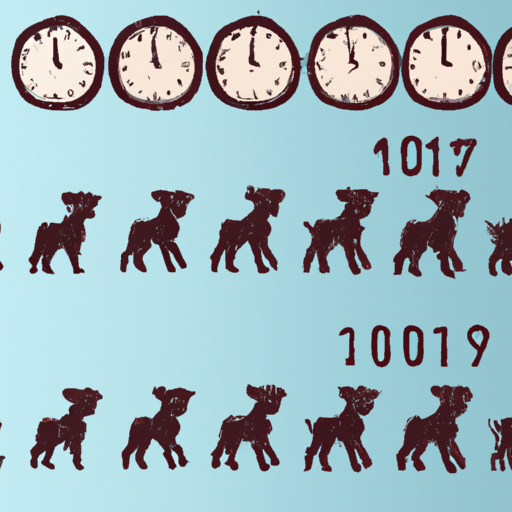Understanding the Dog Years Myth
You’ve probably heard the old saying that one human year equals seven dog years. This idea isn’t exactly accurate. Aging doesn’t occur at the same rate throughout a dog’s life. Puppies mature quickly in their first few years, then aging slows down.
For example, a one-year-old dog is more like a teenager in human years, not a seven-year-old child. And a two-year-old dog is like a young adult. After that, the “seven-year rule” might apply more closely, but there’s still variation depending on your dog’s size and breed.
The Role of Breed and Size
You might be surprised to know that small dogs tend to live longer than large dogs. While a Great Dane might be considered elderly at six or seven, a Chihuahua isn’t senior until it hits the ripe old age of 10 or 11.
Let’s look at this in more detail:
| Size Category | Age Considered Senior |
|---|---|
| Small dogs (20 lbs or less) | 10–11 years |
| Medium dogs (21–50 lbs) | 8–9 years |
| Large dogs (51–90 lbs) | 7–8 years |
| Giant dogs (over 90 lbs) | 6–7 years |
Caring for Your Aging Dog
As your dog ages, you’ll need to make sure you’re providing the right care. Here are some things to consider:
- Regular vet check-ups: Older dogs need regular vet check-ups, ideally every six months. Your vet can catch early signs of disease and help keep your dog comfortable.
- Balanced diet: Your dog’s nutritional needs change as they age. Talk to your vet about the best diet for your aging dog.
- Exercise: Regular, gentle exercise can help keep your dog’s joints healthy and prevent weight gain.
- Mental stimulation: Just like humans, dogs can suffer from cognitive decline as they age. Keep your dog’s mind sharp with puzzle toys and games.
Recognizing Signs of Aging in Your Dog
As your dog ages, you may start to notice some changes. Here are some common signs of aging in dogs:
- Graying hair, especially around the muzzle
- Slowing down and less interest in play
- Changes in sleep patterns
- Weight gain or loss
- Changes in hearing or vision
- Difficulty climbing stairs or jumping up onto furniture
Remember, these changes are a normal part of aging and don’t necessarily indicate a problem. However, if you notice a sudden change or if your dog seems uncomfortable, it’s a good idea to check in with your vet.
Frequently Asked Questions (FAQs)
Q: Why do small dogs live longer than large dogs?
A: Scientists aren’t exactly sure, but it might have something to do with how quickly a dog’s body grows and ages.
Q: How can I keep my older dog healthy?
A: Regular vet check-ups, a balanced diet, regular exercise, and mental stimulation can all help keep your older dog healthy.
Q: My dog is getting gray hair. Is that normal?
A: Yes, just like humans, dogs can get gray hair as they age, especially around the muzzle.
Remember, your vet is your best resource for information about your dog’s health and aging. Don’t hesitate to reach out if you have any concerns.



